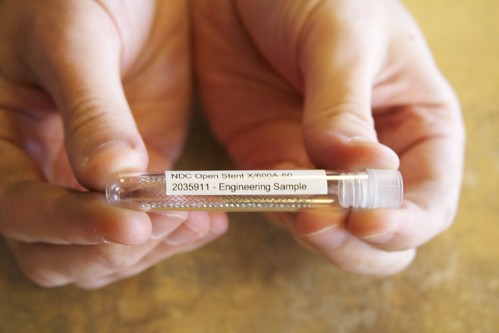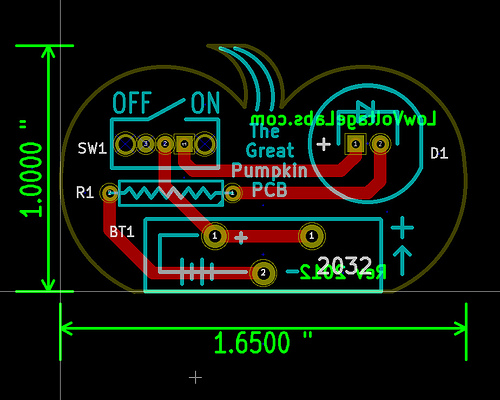
NeoLucida was the subject of one of the best presentations and demos at the 2013 Open Hardware Summit.
The NeoLucida is a drawing aid that allows you to trace what you see. It’s the first portable, authentic camera lucida to be manufactured in nearly a century. We love camera lucidas, and we think they can help people understand art history in provocative new ways.
The NeoLucida is was launched in a wildly successful kickstarter campaign to make a modern version of a camera lucida available to a new generation of artists. It’s not a complicated device, but it is an extremely specialized one, and niche products like it are a place where open source hardware and crowdfunding can come together incredibly successfully. They were able to bring the cost of owning a camera lucida into the realm of possibility for artists who can’t afford antiques. By publishing how the device works and how they make it, they have increased understanding both of the device itself and of historical works of art made using it.
It was exciting to try out a NeoLucida during the demo session at the summit, especially after hearing about its history.






































